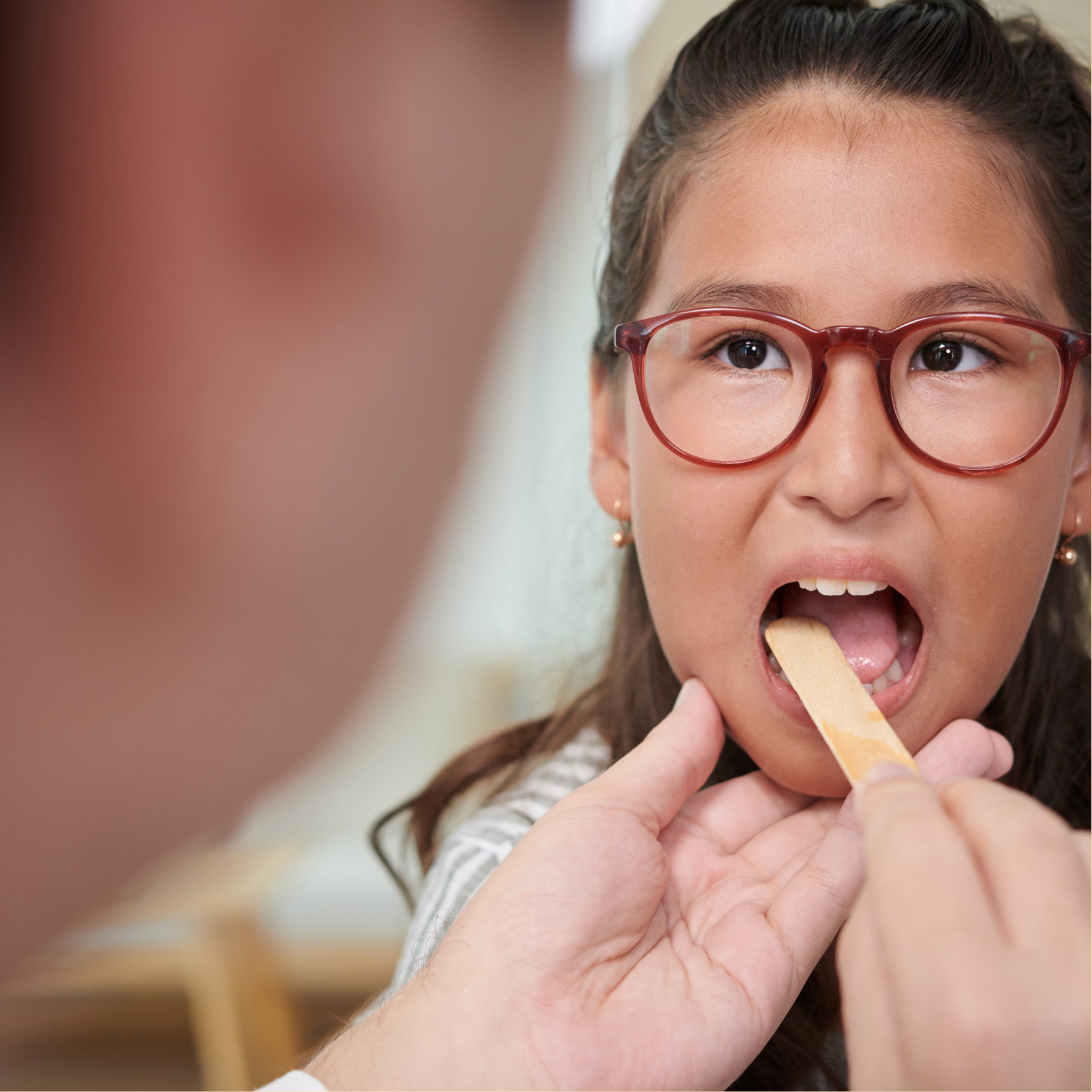EMHC sees rise in strep throat and scarlet fever cases: Signs and when to consult a provider

Please be advised that the number of cases of strep throat and/or scarlet fever seen at EMHC has increased. As of March 10, we have recorded 71 cases, all diagnosed at EMHC and predominantly in school-age children.
It is important to watch for signs and symptoms of Strep Throat in your children. This is an overview of the bacterial infection:
Strep Throat is a bacterial infection that can make your throat feel sore and scratchy. Strep throat accounts for only a small portion of sore throats.
If untreated, strep throat can cause complications, such as kidney inflammation or rheumatic fever. Rheumatic fever can lead to painful and inflamed joints, and specific type of rash, or heart valve damage. Strep throat is most common in children, but it affects people of all ages. If you or your child has signs or symptoms of strep throat, see your provider for prompt testing and treatment.
Strep throat can be spread through coughing, sneezing, talking, touching surfaces, or sharing items. You can become positive 2-5 days after exposure to a person with strep. You can return to regular activities 24-48 hours after starting antibiotics.
Signs and symptoms of strep throat can include;
-
Throat pain that usually comes on quickly
-
Painful swallowing
-
Red and swollen tonsils, sometimes with white patches or streaks of pus
-
Tiny red spots on the area at the back of the roof of the mouth (soft or hard palate)
-
Headache
-
Rash
-
Nausea or vomiting, especially in younger children
-
Body aches
It is possible for you or your child to have many of these signs and symptoms but not have strep throat. The cause of these signs and symptoms could be a viral infection or some other illness. That’s why your doctor or provider generally tests specifically for strep throat.
Call a Provider if you or your child has any of these signs or symptoms:
Prevention:
-
As always, washing hands is your best defense. That’s why it’s important to wash your hands regularly with soap and water for at least 20 seconds. Teach your children how to wash their hands properly using soap and water or use an alcohol-based hand sanitizer if soap and water are unavailable.
-
Cover your mouth
-
Teach your children to cover their mouths with an elbow or tissue when coughing or sneezing.
-
DO NOT share water bottles or cups among children
